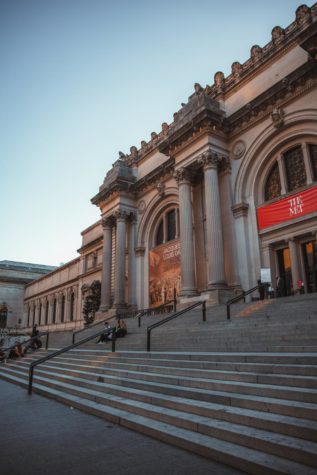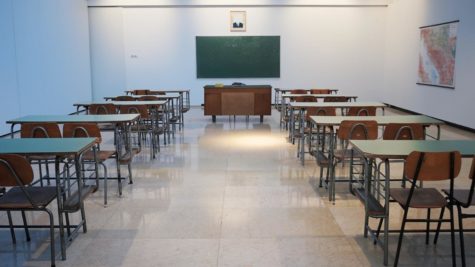Music and Mathematics: Opposites or Complements?
December 17, 2014
Music and math? Many may think of the two as complete opposites; one as an academic subject and the other an art form. However, many parallels can be found between the two subjects, and an understanding of the similarities can contribute greatly to the mastery of both. In fact, the correlation between classical music and mathematics is well known and was dubbed the “Mozart Effect” in the 1990s by Dr. Alfred A Tomatis, a French researcher. In his study, Mozart’s compositions temporarily increased subjects’ ability to perform ‘spatial-temporal reasoning’, the ability to visualize patterns and mentally manipulate these patterns. How could this even be possible?
In fact, music is mathematics. The very basis of musical scales lies in the set distance between each note, and varying distance changes scales from major to minor. Tuning instruments relies on distance; string players rely on perfect fifths, which correspond to a ratio of 3/2, to tune open strings. Pythagoras, the ancient Greek mathematician, was the first to discover that the length of a vibrating string is directly proportional to its frequency; halving the length of a string increases the pitch by an octave. This property is used by musicians to create the beautiful sound of harmonics.
Patterns are also a key (excuse the pun) component of both music and mathematics, within the fields of basic algebra, geometry and statistics. The subdivision of measures into notes with different values is analogous to manipulation of fractions. Geometry can be seen in the different physical shapes of notes with different values, and the repetitive nature of music mirrors the reliance of statistical mathematicians on patterns to predict future events.
Music and math are completely interwoven; music at its base is as an audible representation of mathematical patterns. AP Music Theory, taught Mrs. Laura Stiegelmaier, seeks to connect music and mathematics to help students develop a fuller understanding of the basis of music. Dedicated musician and AP Music Theory student Tyla Axelrod describes the class as an exploration of “the science part of music”, in which she and her classmates look at “how the patterns work and how everything fits together”. Students “dissect the music”, thinking about aspects that are normally overlooked when playing music. This contributes to a wider view of the art of music; understanding its basis enables musicians to hone their talents. After all, math and music are one and the same. In the words of 19th century English mathematician James Joseph Sylvester,
“May not music be described as mathematics of the sense, mathematics as music of the reason?”











